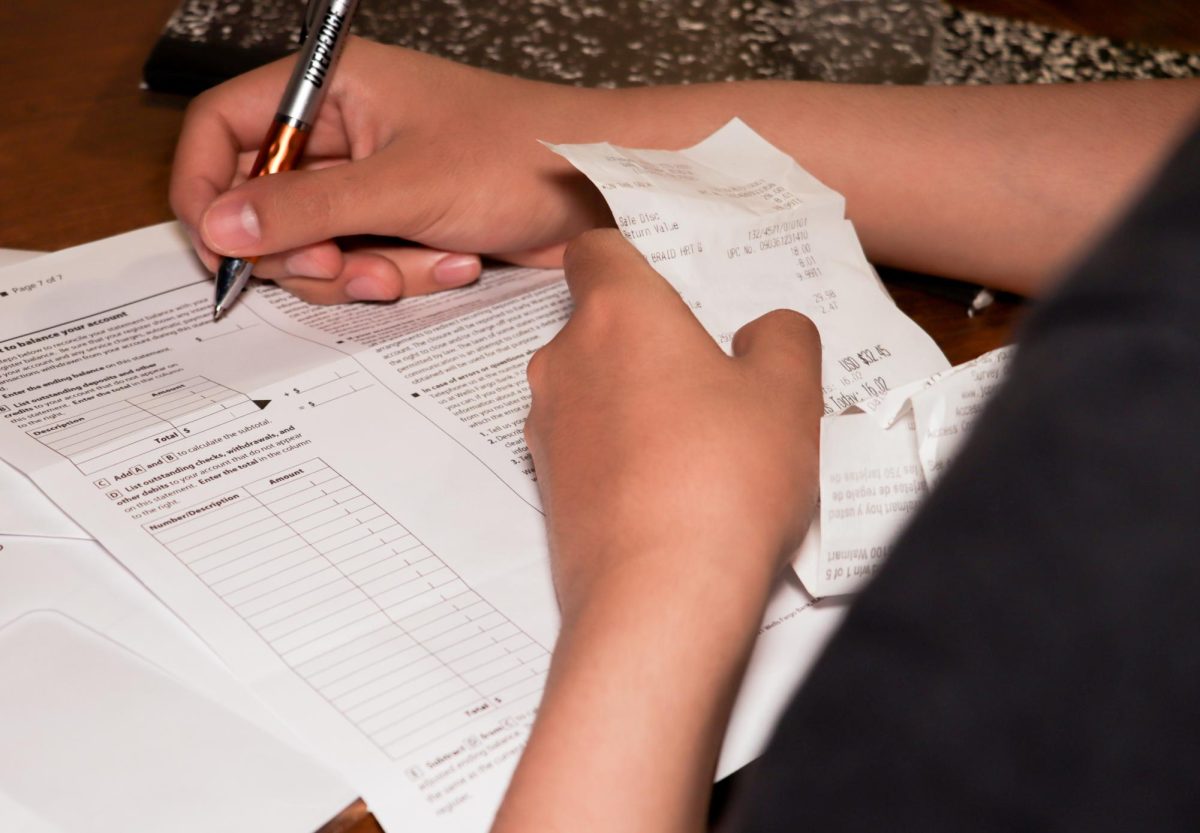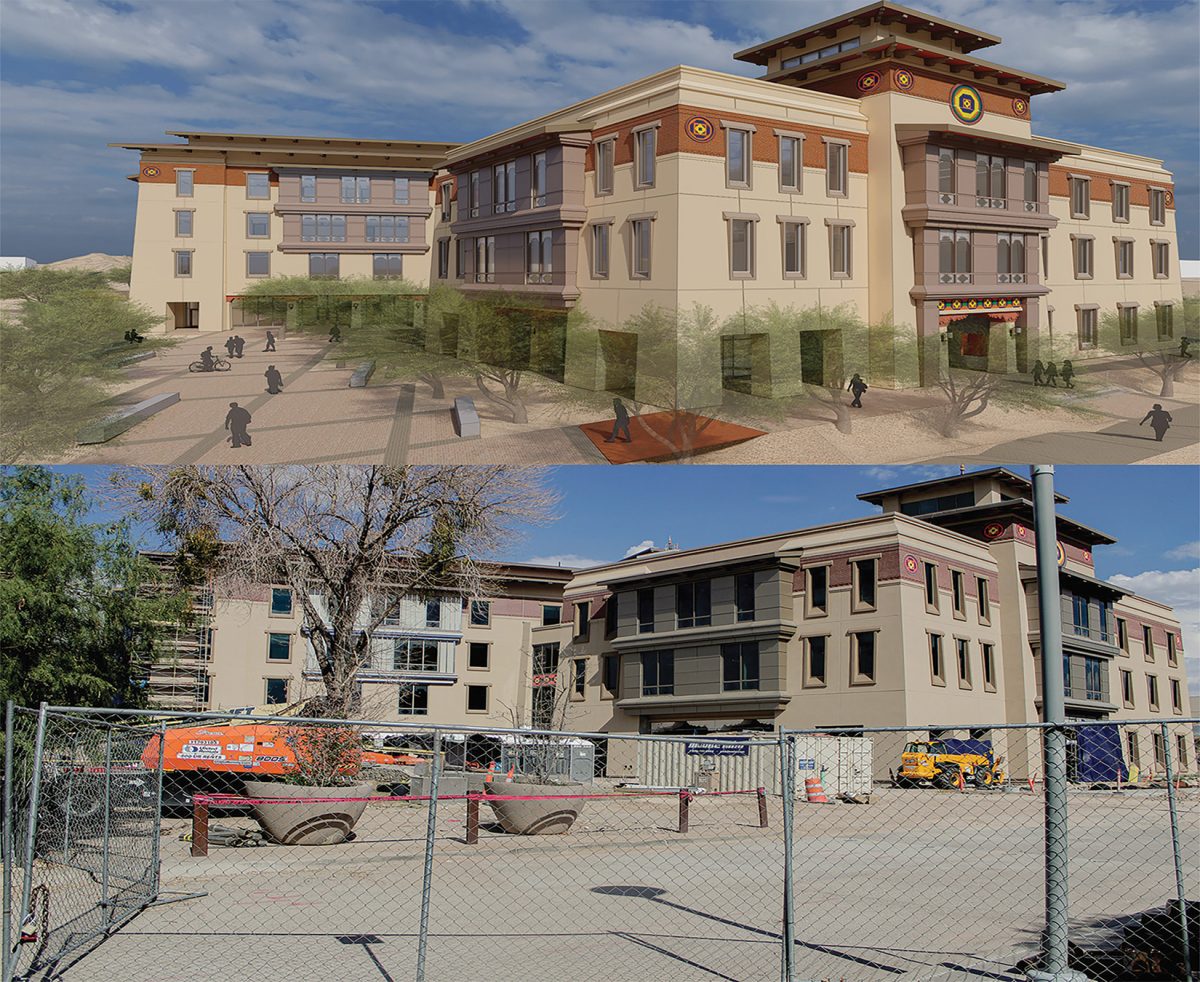One of the many factors stopping many graduated students from settling down and returning their money to the economy, is student debt. The dream of having the opportunity to afford a forever home and raise a family just like their parents seems to be out of reach, especially, when looking at the economy currently. However, with the Biden Administration recently approving additional debt relief, it could help alleviate the stress for many.
New relief going to an additional 125,000 student loan borrowers comes after an announcement Wednesday, Oct. 4, the federal student loan payments would restart after a three-plus-year hiatus. The debt forgiveness totals $9 billion across the nation, a forgiveness helps a lot of people across the country.
Despite having the Supreme Court block Biden’s student loan forgiveness back in June this year; the administration is trying to push it forward with alternatives. Such as having an additional 53,000 borrowers receive debt cancellation if they are qualified public sector workers who had made 10 years’ worth of payments, and to those who have a total or permanent disability that qualifies for an automatic debt discharge through the Social Security Administration.
“This kind of relief is lifechanging for individuals and their families, but it’s good for our economy as a whole as well. By freeing millions of Americans from their crushing burden of student debt, it means they can go and get their lives in order. They can think about buying a house. They can start a business. They can be starting a family,” Biden stated during the Oct. 4 briefing.
However, the administration has been more flexible when it comes to making the monthly payments more affordable. In a new rule by the Department of Education, hopefully taking place next year, will help keep tuition for-profit colleges and programs in check. But what does this mean for UTEP students?
“It’s good that this administration is doing this for the people in the short term, but in the long term it’s just putting a band aid in a bigger problem,” said UTEP senior Edward Luna. “We need to ask the real question, such as why people are taking student loans and why is college so expensive? People go into debt, especially in student loans that people take 30 to 40 years to pay off.”
On the other hand, UTEP junior Joel A. Carrasco believe the government helping people with their debt is good. Especially when it comes to the positive effect it can have on the economy.
“I think the government should invest in its own citizens by relieving that debt, similar to how they give corporations relief when they encounter situations of bankruptcy,” Carrasco said. “I think this would be a positive effect on the economy, people would have more money in their pockets.”
Though this assistance will go to certain people who qualify, some people worry about the fairness and qualifications of the selection process. On the other hand, some students like Carrasco believe allowing people to get debt relief could be better in the long
Though it is a waiting game, the program could see some obstacles in the future as Republicans or Democrats in the Senate could reject this type of relief plan, like in the past. If implemented, the program effect in the long run could resolve and ease stress for those in debt.
“I did take a loan when out of high school,” Carrasco said. “It was stressful because you’re literally signing away parts of your future. You have a certain amount of years you have to pay. You’re already getting stressed about your future without even entering college yet.”
Katy Ruiz is a contributor and may be reached at [email protected]







